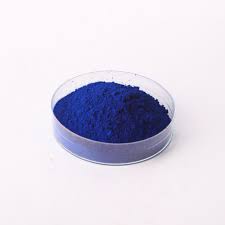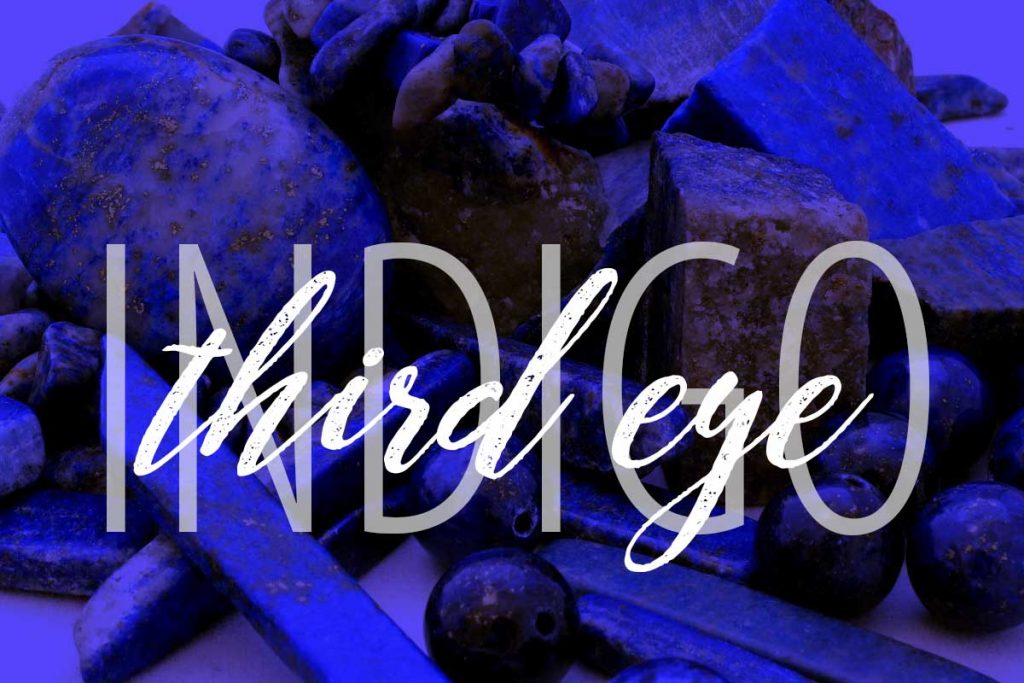light indigo color company


Handling these crystals requires respect and care. Once dried, they should be stored in an airtight container to prevent any degradation. When ready to dye fabrics, prepare a reduction vat, traditionally known as the indigo vat. This step is crucial; it involves converting the insoluble indigo into its leuco form, allowing it to adhere to textiles. Establishing a balanced vat is an art form harboring both scientific precision and age-old wisdom. Modern practitioners often incorporate materials like fructose or henna as reducing agents, alongside the more traditional iron filings. Monitoring pH levels, ideally between 9 and 11, ensures optimal dye uptake. It's a delicate dance of chemistry and craft; the goal is a vibrant, long-lasting color. Sustainability underscores every measure in this dye-making endeavor. Utilizing natural ingredients not only celebrates ecological balance but also resonates with an increasingly conscientious consumer base. Indigo dye making stands at the crossroads of tradition and innovation, where artistry meets expertise to create an unparalleled product. Embrace this journey with confidence. Explore resources that detail every dimension of the process, from botanical cultivation to chemical composition. Engage with communities that share your passion for this ancient craft, and experiment with various substrates and fibers to see how different mediums interact with indigo. With perseverance and attention to detail, one can master the art of indigo dye, yielding both beautiful textiles and a profound appreciation for one of nature's most extraordinary gifts.
-
Thermal Stability Analysis of Bromo Indigo Pigments
NewsJun.06,2025
-
Sulphur Black Dye Oxidation Process Optimization
NewsJun.06,2025
-
Lightfastness Testing of Bromo Indigo Dyed Denim
NewsJun.06,2025
-
Granule Size Distribution and Jeans Color Uniformity
NewsJun.06,2025
-
Gradient Dyeing Methods with Indigo Blue Granules
NewsJun.06,2025
-
Dyeing Temperature Effects on Sulphur Black Color Fastness
NewsJun.06,2025
-
Sulphur Black Dyes in Daily Use
NewsMay.07,2025

Sulphur Black
1.Name: sulphur black; Sulfur Black; Sulphur Black 1;
2.Structure formula:
3.Molecule formula: C6H4N2O5
4.CAS No.: 1326-82-5
5.HS code: 32041911
6.Product specification:Appearance:black phosphorus flakes; black liquid

Bromo Indigo; Vat Bromo-Indigo; C.I.Vat Blue 5
1.Name: Bromo indigo; Vat bromo-indigo; C.I.Vat blue 5;
2.Structure formula:
3.Molecule formula: C16H6Br4N2O2
4.CAS No.: 2475-31-2
5.HS code: 3204151000 6.Major usage and instruction: Be mainly used to dye cotton fabrics.

Indigo Blue Vat Blue
1.Name: indigo blue,vat blue 1,
2.Structure formula:
3.Molecule formula: C16H10N2O2
4.. CAS No.: 482-89-3
5.Molecule weight: 262.62
6.HS code: 3204151000
7.Major usage and instruction: Be mainly used to dye cotton fabrics.

